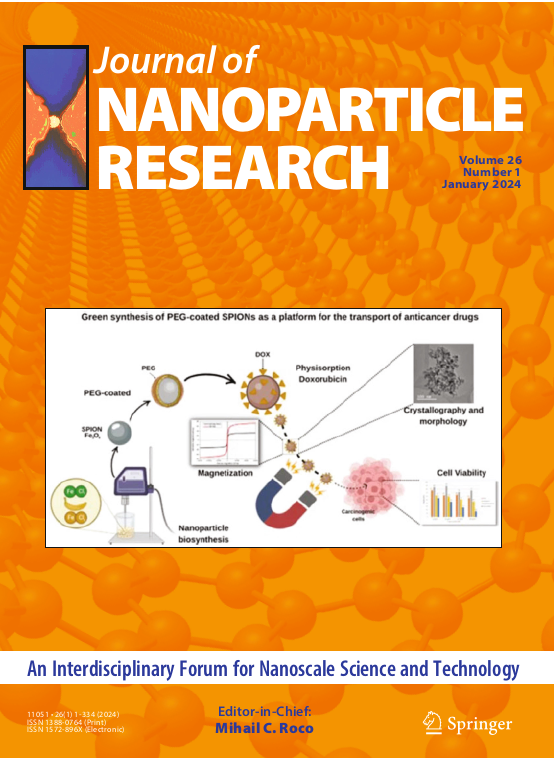Ag plasmonic nanoparticles and oxygen vacancies co-modified TiO2 nanoflowers for enhanced solar-driven photocatalytic water purification
Abstract
The water pollution caused by industrial wastewater is becoming increasingly serious, and efficient and sustainable remediation strategies need to be developed. This study improved the photocatalytic performance of TiO2 through defect engineering and precious metal modification. Oxygen vacancies were introduced into TiO2 nanoflowers through NaBH4 reduction, leading to a decrease in the band gap of TiO2 from 3.02 to 2.88 eV, thereby broadening its light absorption range. Additionally, the introduced oxygen vacancy defect states suppressed the recombination of electrons and holes. Subsequently, Ag nanoparticles were photo-deposited on the surface, synthesizing Ag/TiO2-x nanoflowers. The localized surface plasmon resonance (LSPR) effect of the Ag nanoparticles significantly enhanced the material’s visible-light absorption performance. Overall, due to the synergistic effect of oxygen vacancies and Ag nanoparticles, the photocatalytic degradation performance of Ag/TiO2-x nanoflowers in degrading RhB under simulated sunlight has been significantly enhanced compared to that of pure TiO2 nanoflowers. The degradation rate of Rhodamine B (RhB) by optimized 1%-Ag/TiO2-x under simulated sunlight reached 84.7%, with a rate constant (k = 0.0287 min−1) 4.1 times higher than that of pristine TiO2. The possible mechanism for this enhancement in the photocatalytic activity of the Ag/TiO2-x is explained.

 求助内容:
求助内容: 应助结果提醒方式:
应助结果提醒方式:


